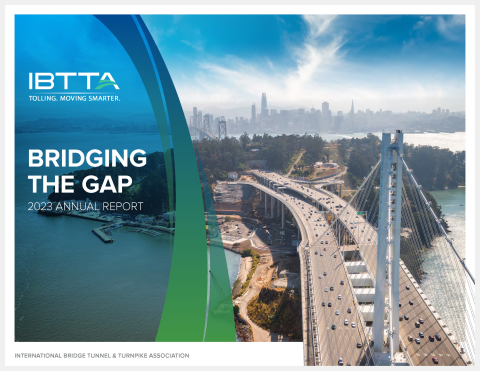- Home
- U.S. Autonomous Vehicles Guidance Earns Good Reviews, But Are Drivers Ready? Education Ahead!
Stories
U.S. Autonomous Vehicles Guidance Earns Good Reviews, But Are Drivers Ready? Education Ahead!


The U.S. National Highway Traffic Safety Administration (NHTSA)’s guidance last week on autonomous vehicle development is generally getting good reviews, but motorists are evenly split on whether they’re willing to give up some control while their vehicles are in motion.
In NHTSA’s announcement September 20, the accent was on highway safety. “Automated vehicles have the potential to save thousands of lives, driving the single biggest leap in road safety that our country has ever taken,” said Transportation Secretary Anthony Foxx.
“Ninety-four percent of crashes on U.S. roadways are caused by a human choice or error,” added NHTSA Administrator Dr. Mark Rosekind, citing a statistic that anyone who’s attended a recent IBTTA conference would know by heart.
“We are moving forward on the safe deployment of automated technologies because of the enormous promise they hold to address the overwhelming majority of crashes and save lives.”
Self-Driving Cars? Consumers Aren’t There Yet
But a consumer survey released this week by Kelley Blue Book points to the education effort that is still needed to bring U.S. drivers along for the ride.
“Autonomous vehicles are still a mystery to consumers,” the report states, to the extent that only 41% of survey respondents knew the term—by comparison, 79% said they’d heard of “self-driving vehicles”, while 70% were familiar with “driverless vehicles”. Six in 10 said they knew little or nothing about AVs, and that awareness varied by the level of automation—large majorities were familiar with conventional vehicles that offered limited features like automatic braking, cruise control, or lane centering, but far fewer had heard about partial or full autonomy.
Safety First or Me First?
Most of all, the survey pointed to an enduring segment of the driving public that wants to hold on to its control—and, often, its enjoyment—of the driving experience:
· Nearly two-thirds thought roadways would be safer if autonomous vehicles were standard.
· But while 49% were willing to give up some control over their own vehicle in the interest of safer roads, 51% said they would want full control, even if that presented a safety hazard for other drivers.
· 80% said people should always have the option to drive their own vehicles, 64% said they need to be in control of their cars, and 62% said they prefer to be.
· 62% said they love to drive or think driving is fun.
The bottom line: while 16% of respondents said they would buy a fully autonomous vehicle the moment it was available, 35% said they would wait until they were more comfortable with the concept—and 30% said they never would.
Follow IBTTA’s Tolling Points blog for the latest on autonomous vehicles, and how tolling provides safe, reliable and efficient roads, bridges and tunnels those vehicles will depend on.

Joining IBTTA connects you to a global community of transportation professionals, offering unmatched opportunities for networking, knowledge-sharing, and collaborative innovation in the tolling and transportation sector.
Follow IBTTA on social media for real-time updates on transportation trends and collaborative opportunities.





